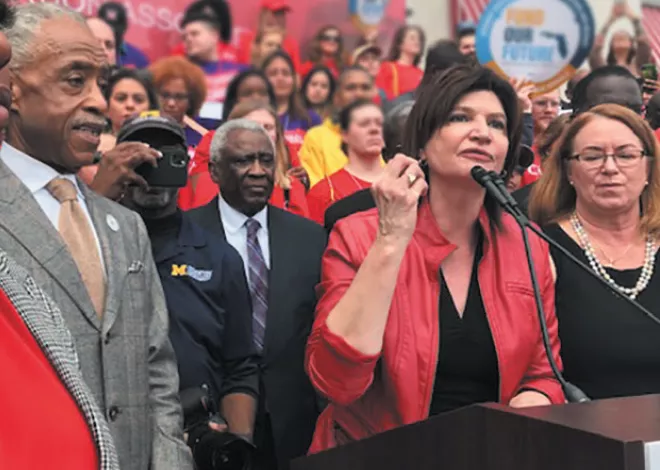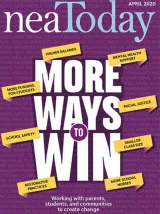Earlier this winter, I went to the Sunshine State for a rainy-day rally in Tallahassee, where I stood among thousands of amazing public school educators—people with kind hearts and steel wills—who will not, cannot, absolutely refuse to give up on their schools and students.
And trust me when I say that if there’s one state in our nation where educators could be so demoralized that they would surrender to the Sith of public education, it’s Florida. This is the state that first embraced the cult of standardized tests, that first ranked its schools from A to F, and that first used the fictitious story told by those “school grades” to push public school students—and public money—into vouchers for private schools. And, all the while, Florida lawmakers cut funding to public schools. You know what happens when schools are underfunded for 20 years? Your salary stays in the 1990s. Your textbooks refer to the U.S.S.R.
But Florida educators have not given up. I stood on those steps in Tallahassee, looked across thousands of red-shirted educators, felt their energy, heard their voices, and I told them, “You don’t know how to give up. You don’t know how to turn your backs on your students!”
In this issue of NEA Today, you will read about so many educators who, through their local and state associations, are persisting in the battle to give every student what they need to live the lives they deserve.
In Prince George’s County, Maryland, my neighbors are working to stop the school-to-prison pipeline with a newly bargained contract that provides training in restorative practices to educators who seek it. They invited everybody in their community, parents, and students, to help them put together their contract demands and then watch bargaining sessions. And, in Los Angeles, they won! With awesome community support, LA schools will see more counselors, librarians, and nurses, plus higher salaries and lower class sizes. In places where association members don’t have the right to strike or collectively bargain, we see them speaking up in other ways—through statewide #RedForEd rallies, “Time to Learn” school board resolutions, and more.
The forces against us have been strong. But the movement that we’re building, member by member, state by state, is so much more powerful. These are the schools that our students deserve, and we know it.



